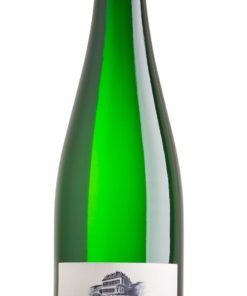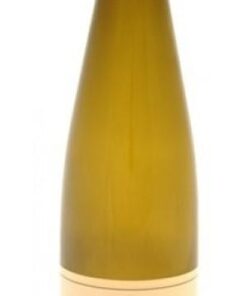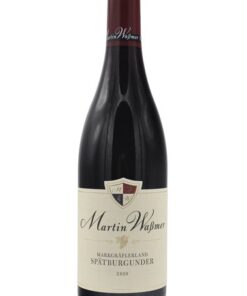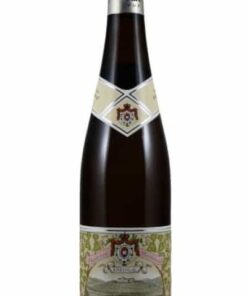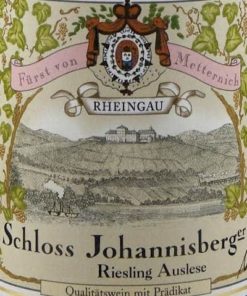German wine is produced mainly in the west of Germany, along the river Rhine and its tributaries, with the oldest plantations going back to Roman times. As a wine country, Germany has a mixed reputation internationally, with some consumers on the export markets associating Germany with the world’s most elegant and aromatically pure white wines while others see the country mainly as the source of cheap, semi-sweet wines such as Liebfraumilch. For the red wines, Spätburgunder, the domestic name for Pinot noir, is in the lead.
Germany produces wines in many styles: dry, semi-sweet and sweet white wines, rosé wines, red wines and sparkling wines called Sekt.
There are 13 defined regions (“Anbaugebiete”) in Germany, the most well known being Rheingau, Rheinhessen, Mosel, Nahe, Pfalz, Baden and Franken.
Qualitätswein bestimmter Anbaugebiete (QbA) wines from a defined appellation with the exception of Liebfraumilch, which can be blended from several regions and still be classified as Qualitätswein.
Prädikatswein, renamed in 2007 from Qualitätswein mit Prädikat (QmP): wines made from grapes of higher ripeness. As ripeness increases, the fruit characteristics and price increase. Categories within Prädikatswein are: Kabinett, Spätlese, Auslese, Beerenauslese, Trockenbeerenauslese and Eiswein. Wines of these categories can not be chaptalized. The categories within Prädikatswein are solely linked to minimum requirements of potential alcohol. While these may correlate with harvest time, there are no legally defined harvest time restrictions.
German Wine
German Wine
German Wine



